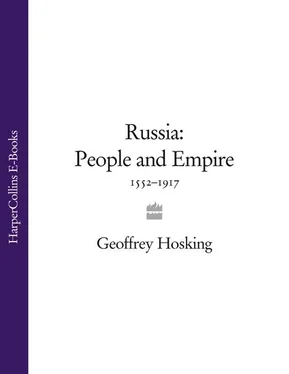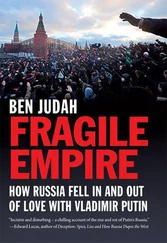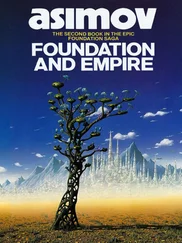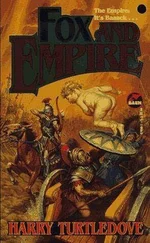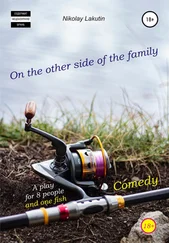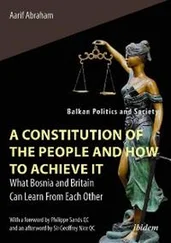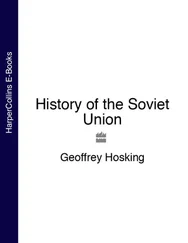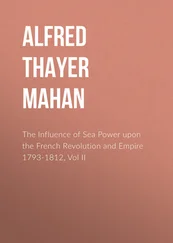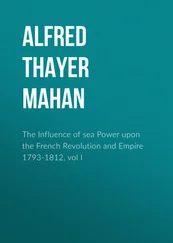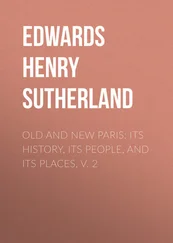Because of their advantages in translating national resources into success in international war, large national states superseded tribute-taking empires, federations, city-states and all their other competitors as the predominant European political entities and as the models for state formation. Those states finally defined the character of the European state system and spearheaded its extension to the entire world. 5
Empires, by contrast, proved to be too large, unwieldy and above all too diverse to generate an equivalent sense of community. That proved to be true of the Hapsburg and Ottoman as well as the Russian Empires.
There is, however, such a thing as compound national identity. Britain in the eighteenth-twentieth century is a good example, resting as it does on four ethnic components: the English, Welsh, Scottish and Irish. The Irish, being the least well integrated of the four, have provoked easily the most serious internal crises of the British political system during that time. The great question for Russian leaders during the nineteenth and twentieth centuries might be formulated as whether they could inculcate an analogous compound national identity in their empire’s more diverse ethnic elements. The attempt was made, both by the Tsars and more systematically by the Soviet leaders, and at one time it looked close to success, but at present it seems ultimately to have failed.
There has been much debate among historians, sociologists and anthropologists over the origins of modern nationhood. Today many theorists would assert that nations are not very old, that they emerged only from the late eighteenth century onwards. In this view what distinguishes them from earlier forms of human community are that:
1. Nations are larger, more socially and economically diverse, offering a framework for the capitalist market, with its complex division of labour and its need for more extensive units than were afforded by regional and kinship boundaries.
2. They embody the Enlightenment vision of the rational and self-governing human being: the nation-state is a community of such people.
3. They are bound together by the printed language, which is needed so that the skills of a high culture can be widely disseminated. The bearers and purveyors of this language, writers, journalists, teachers and the professional strata in general, are those who are likely to identify most closely with the nation-state.
4. They are based on the principle that ethnic and political boundaries coincide. Lower-level entities, duchies, principalities, city-states, and so on, have been amalgamated, while higher-level ones, multi-ethnic empires, have been broken up. This has proved the most contentious and destructive of the characteristics of nations, yet also the hardest to dispense with in practice. 6
In this view, nations evolved only with the growth of widespread education, mass media, a diversified economy and social structure, a penetrative urban culture and a civil society. This is when, in the terminology of Karl Deutsch, ‘assimilation’ (to a dominant urban language and culture) and ‘mobilization’ (into a multiplicity of contacts with others) became possible for the mass of the people. The extreme version of this position has been expounded by Ernest Gellner who denies that nationalism is simply the political manifestation of age-old national communities, and asserts roundly, ‘It is nationalism which engenders nations, and not the other way round.’ He adds, ‘Nationalism is not the awakening of an old, latent, dormant force, though that is indeed how it presents itself. It is in reality the consequence of a new form of social organisation, based on deeply internalised, education-dependent high cultures, each protected by its own state.” 7
It is possible to accept that nations as we know them are products of the modern era, and yet to assert that, in a simpler and cruder form, an ethnic or proto-national awareness straddling different social strata existed much earlier in history. Such awareness can crystallize around a tribe, a royal court, an aristocracy, an armed fraternity or a religious sect. It can be stimulated by various factors, of which probably the most potent is prolonged warfare against powerful neighbours. One theorist, John Armstrong, has specifically taken as an example the national identity of Rus’ during and after the Tatar overlordship. 8
If nations do indeed have a pre-history, then the crucial question is why and when they emerge from the chrysalis. Benedict Anderson has hypothesized that the stage is set with the ‘convergence of capitalism and print technology’ and the emergence of monarchical bureaucracies: these ‘create unified fields of exchange and communication below Latin and above the spoken vernaculars’ and ‘give a new fixity to language’, helping to ‘build that image of antiquity so central to the subjective idea of the nation’. 9
In this reading, the central issue is language and the culture and information carried by language, which enable courtiers, intellectuals and bureaucrats to synthesize and project their concept of what binds the nation together. Eric Hobsbawm and Terence Ranger called this process, or a later version of it, the ‘invention of tradition’, the tactic by which elites, faced with the crises of social change, overcome them by invoking values and rituals associated with the past, adapting them to suit contemporary means of communication. Thus British royal pageantry was recreated to suit the needs first of newspapers, then of radio, then of television. These values and rituals need not of course be national ones, but experience has taught modern politicians that appeals to nationhood have the broadest and strongest allure. 10They perform the function of binding elites and masses in a common identity.
Actually, traditions cannot be simply invented: they must have existed in some form in which they can be authenticated. They then have to be rediscovered and synthesized in a form suitable for the contemporary world. The process by which this is done has been examined by Miroslav Hroch. He posits three stages through which all nations pass, though they are chronologically different for each nation. The first, which he calls phase A, is the period of scholarly interest, when linguists, ethnographers and historians investigate the lore and traditions of the people and assemble from them a cultural package suitable for wider distribution. Phase B is the stage when politicians take from this package what they find useful and deploy it for patriotic agitation among the people, and it leads on to Phase C, which is the rise of mass national movements. In each case Hroch finds a particular social group – again different from nation to nation – which plays a central role in the mobilization of national sentiment. 11Strictly speaking, his theory applies only to nations mobilizing against the state in which they find themselves, but I shall maintain that it is relevant to Russia, since there too nationhood had to be generated partly in opposition to the empire bearing its name.
This ‘nation-building’ is quite distinct from ‘state-building’, though the two processes are easier to accomplish when they accompany each other. State-building is concerned with defending, controlling and administering a given territory and the population living on it, and entails devising and operating a system for recruiting troops and raising taxes to pay for them, as well as matters like conflict regulation, the imposition and adjudication of law, the establishment of a reliable coinage, and so on. Nation-building is more intangible, but has to do with eliciting the loyalty and commitment of the population, which is usually achieved by fostering the sense of belonging, often by manipulation of culture, history and symbolism. 12
Читать дальше
